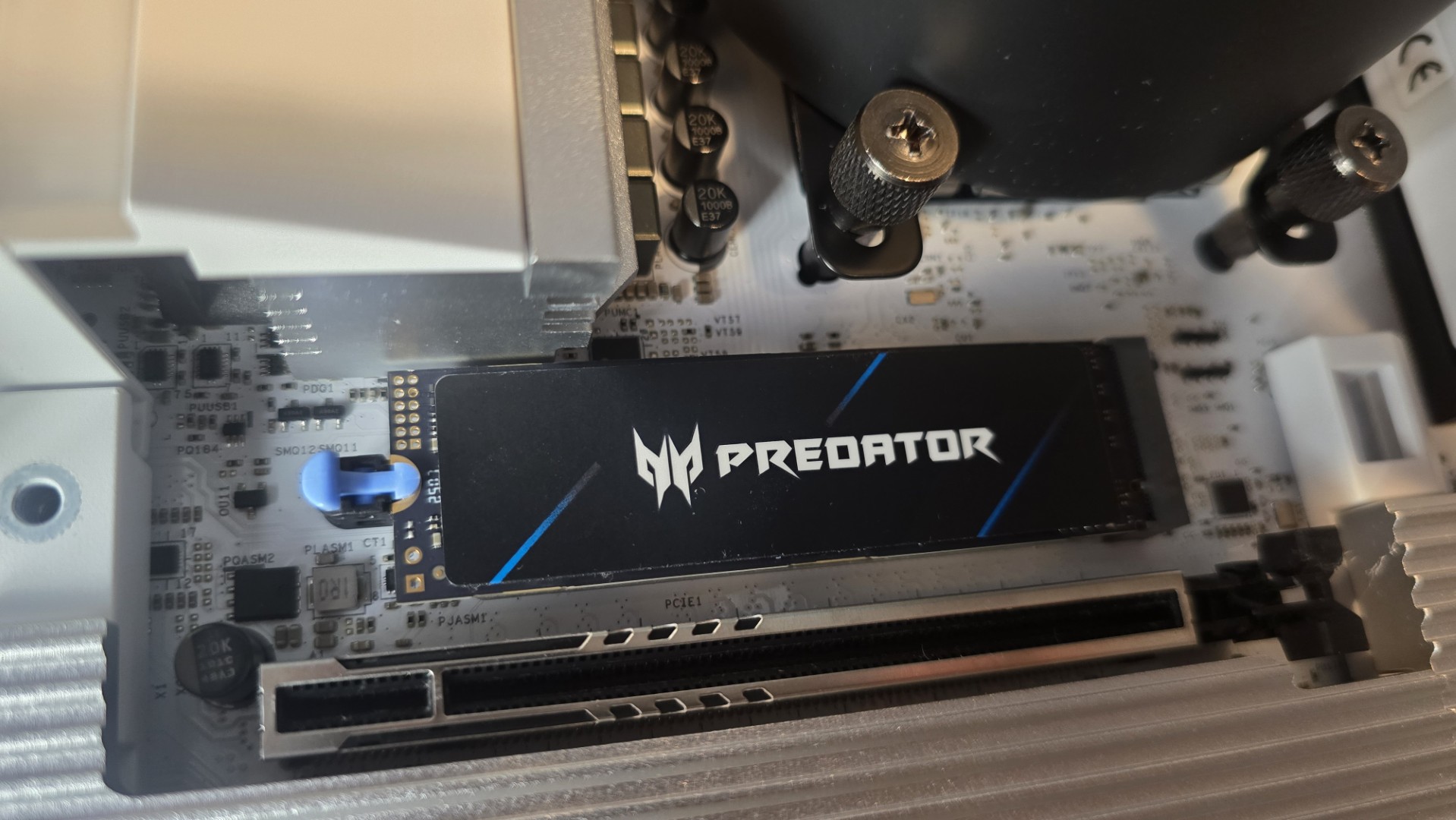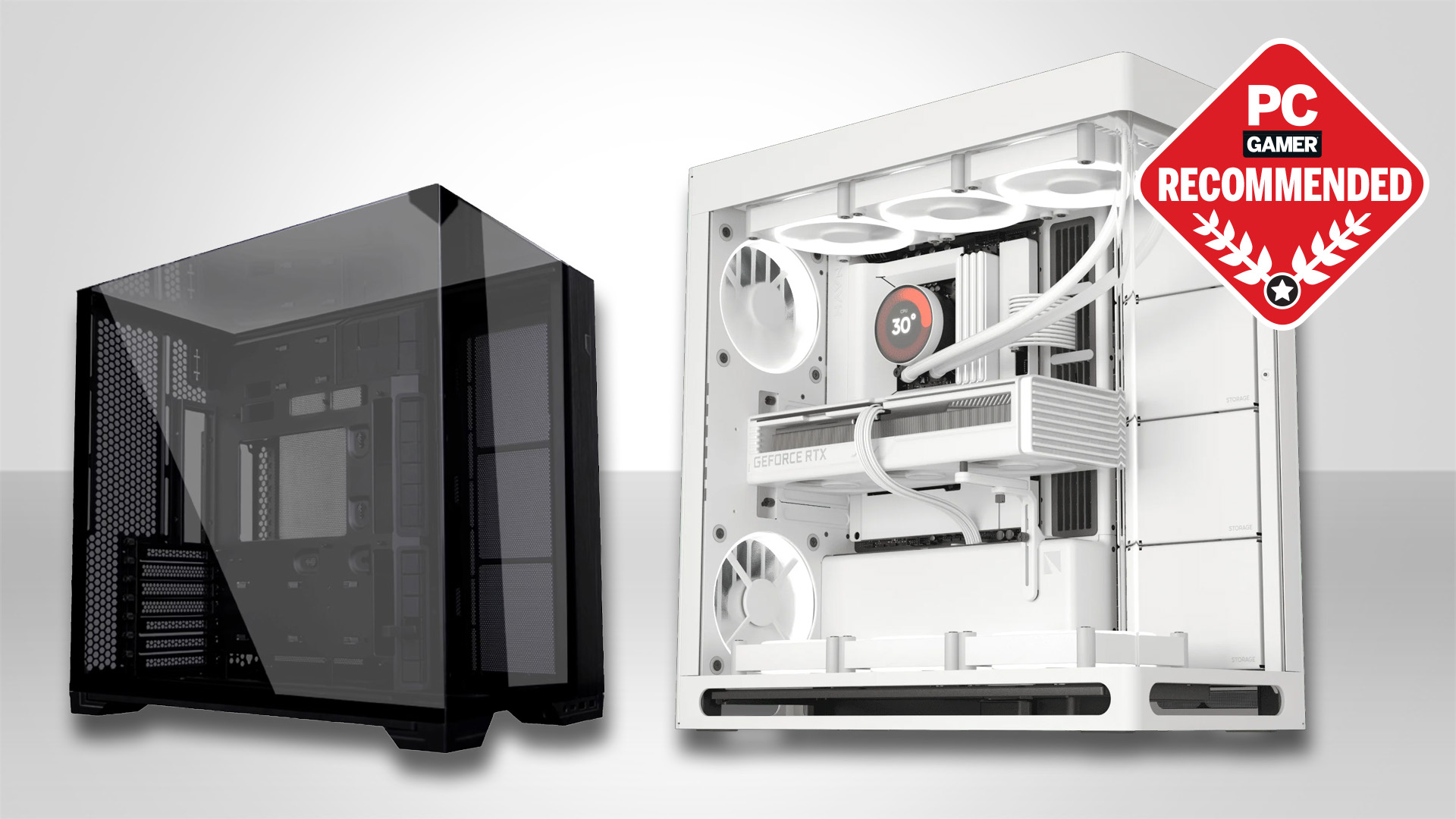Our Verdict
Although the headline stats and the controller make the GM9000 look like a promising drive, poor firmware implementation and average random 4K results lead to just an overall okay drive.
For
- Impressive sequential performance
- Alright random 4K figures
- Cheaper than the Opal X570 Pro, sort of
Against
- Still not available in the US
- Nowhere near on par with the SN8100
- Slow latency and load times
PC Gamer's got your back
Acer's not exactly a name that comes up often in the SSD sphere, is it? If I sat you down right now, brand-new shiny GM9000 PCIe 5.0 SSD in your hands, and asked you exactly who it was that held the lion's share of the storage market today, I suspect Acer probably wouldn't make the top 10 list now, would it? Nope. It's understandably more associated with mass-manufactured gaming laptops and off-the-shelf PCs than the custom storage periphery that permeates our PC building domain. But yeah, actually it does indeed have its own line of SSDs and, over the last few years, has sold a number of budget-oriented drives to the masses (that's us lot).
Here's the thing though, they're not technically Acer products. They're actually Biwin models, manufactured specifically for use by Acer's Predator brand, and that kind of makes sense.
When you think about the upfront investment required to construct some of the best SSDs out there, the cost is just mind-boggling. Even without the R&D and production of your own silicon and chips, taking advantage of aftermarket Phison controllers and Micron flash, the cost to put two and two together is impressively high. And again, that's for a market segment that doesn't actually have those same heady profit margins as other sectors do. It's an incredibly hard pill to swallow, a difficult segment of the industry to gain ground in, and an increasing challenge to even break even on that investment.
The GM9000, then, despite being at least partially related to the GM7000 as far as namesake is concerned, is effectively a carbon copy of Biwin's Black Opal X570 Pro SSD that I reviewed earlier this year. Albeit it does have tweaked firmware, slightly better endurance, lower temperatures, and a smidge of a better price. That's it, though. There are no major changes here besides that.
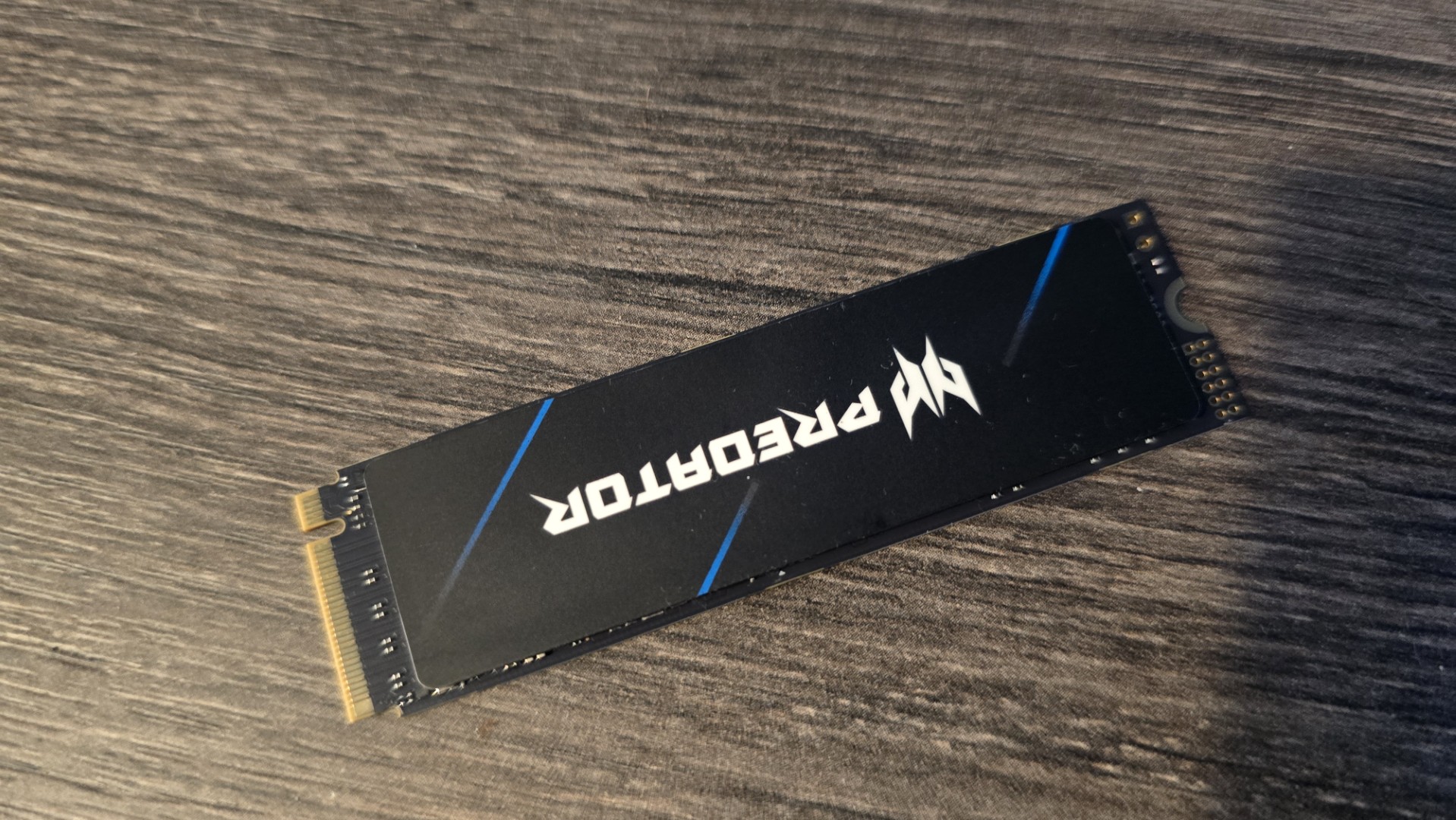
Capacity: 2 TB
Interface: PCIe 5.0 x4
Memory controller: Silicon Motion SM2508
Flash memory: Micron 232-Layer TLC NAND
Rated performance: 14,000 MB/s sustained read, 13,000 MB/s sustained write
Endurance: 1,600 TBW
Warranty: Five years
Price: $215 | £220
You still get that M.2-2280 single-sided design, it's still on the PCIe 5.0 interconnect, it still has that (I'm going to keep calling it legendary until someone tells me otherwise) legendary Silicon Motion SM2508 8-channel controller, and it's packed together with Micron's 232-layer TLC NAND flash, with a cushy 2GB of LPDDR4 DRAM cache on there as well. Sequentials are identical, with advertised speeds sat at 14 GB/s on the read and 13 GB/s on the write, respectively, and that's all she wrote, really.
Interestingly, Acer has announced a US price for this drive too. The 2 TB configuration I have here is apparently available at $215, although similarly to the Black Opal X570, I've yet to actually see it at any major retailers. It is, however, possible to pick one of these up in the UK for around £220, about £20 cheaper than the X570 Pro and £7 cheaper than Western Digital's widely available god-tier WD Black SN8100.
So, not too exciting then, but it does have slightly different firmware running on it, or at least as far as I can tell, as the performance figures are off more so than margin of error should allow for in pretty much every scenario.
Keep up to date with the most important stories and the best deals, as picked by the PC Gamer team.
PC Gamer test bench
CPU: AMD Ryzen 9 9900X | RAM: 64 GB (2x32GB) Team Group T-Create Expert DDR5 @ 6000 C34 | GPU: Nvidia GeForce RTX 4080 Super | Motherboard: Asus ROG Strix X870E-E Gaming WiFi/NZXT N9 X870E | CPU Cooler: Asus ROG Ryujin III 360 ARGB Extreme | PSU: 1200W NZXT C1200 (2024) 80+ Gold | Chassis: Geometric Future Model 5
Interestingly, the sequential scores in CrystalDiskMark actually beat out the Opal X570 Pro, quite comfortably in fact. With 14,278 MB/s on the read and 13,469 MB/s on the write, it gives us an aggregate speed increase of around 2.5% or so, which doesn't sound like much, but the write in particular is 400 MB/s faster. The speed of an old-school 2.5-inch SATA 3 SSD almost.
Random 4K performance, however, is another matter, with the drive struggling on both read and write overall, topping out at 86 MB/s on the read and 286 MB/s on the write here as well. Compare that to the X570, with its 91 MB/s and 304 MB/s, and again, there are clear differences between the two, despite Biwin being the primary manufacturer.

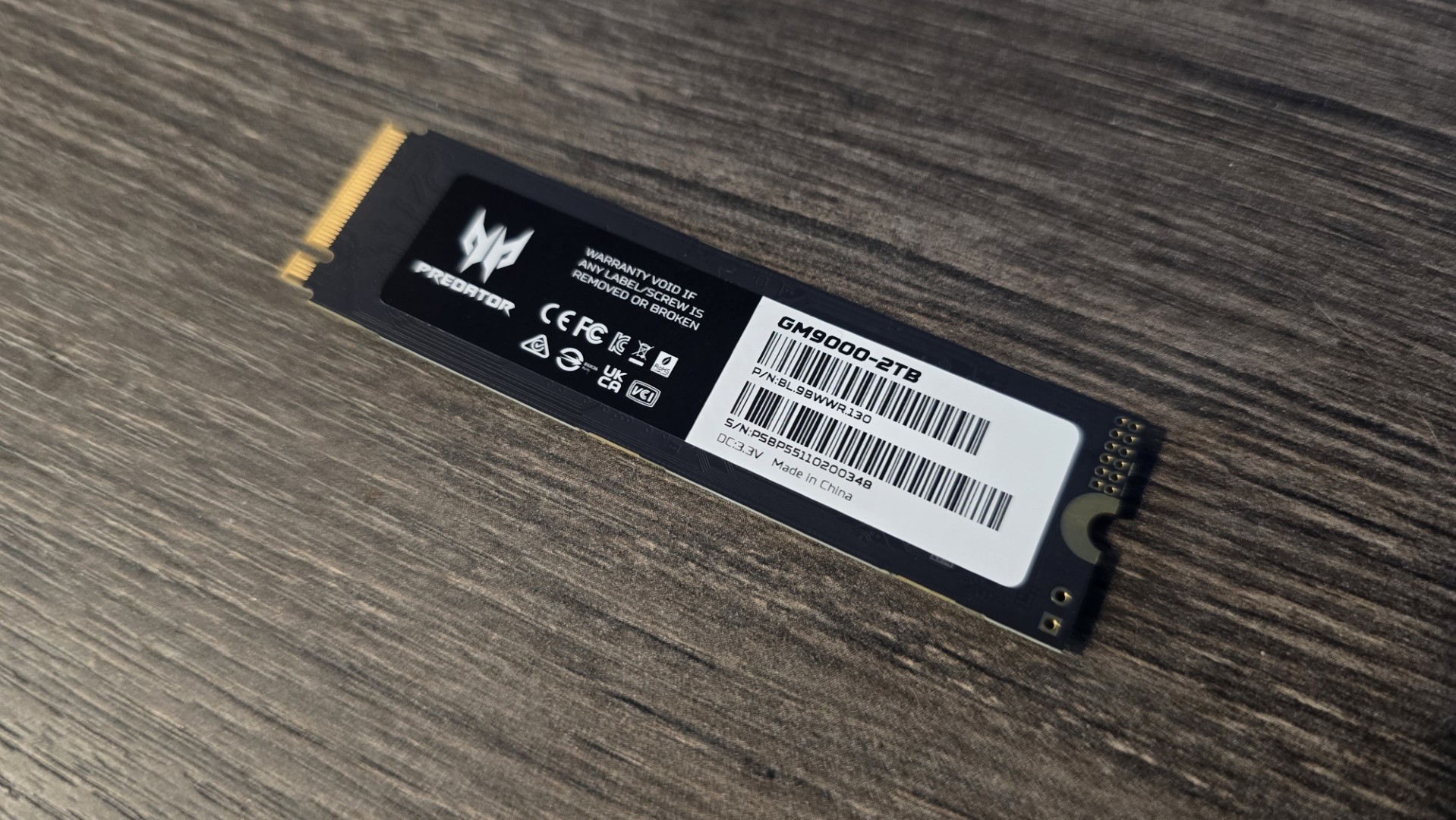

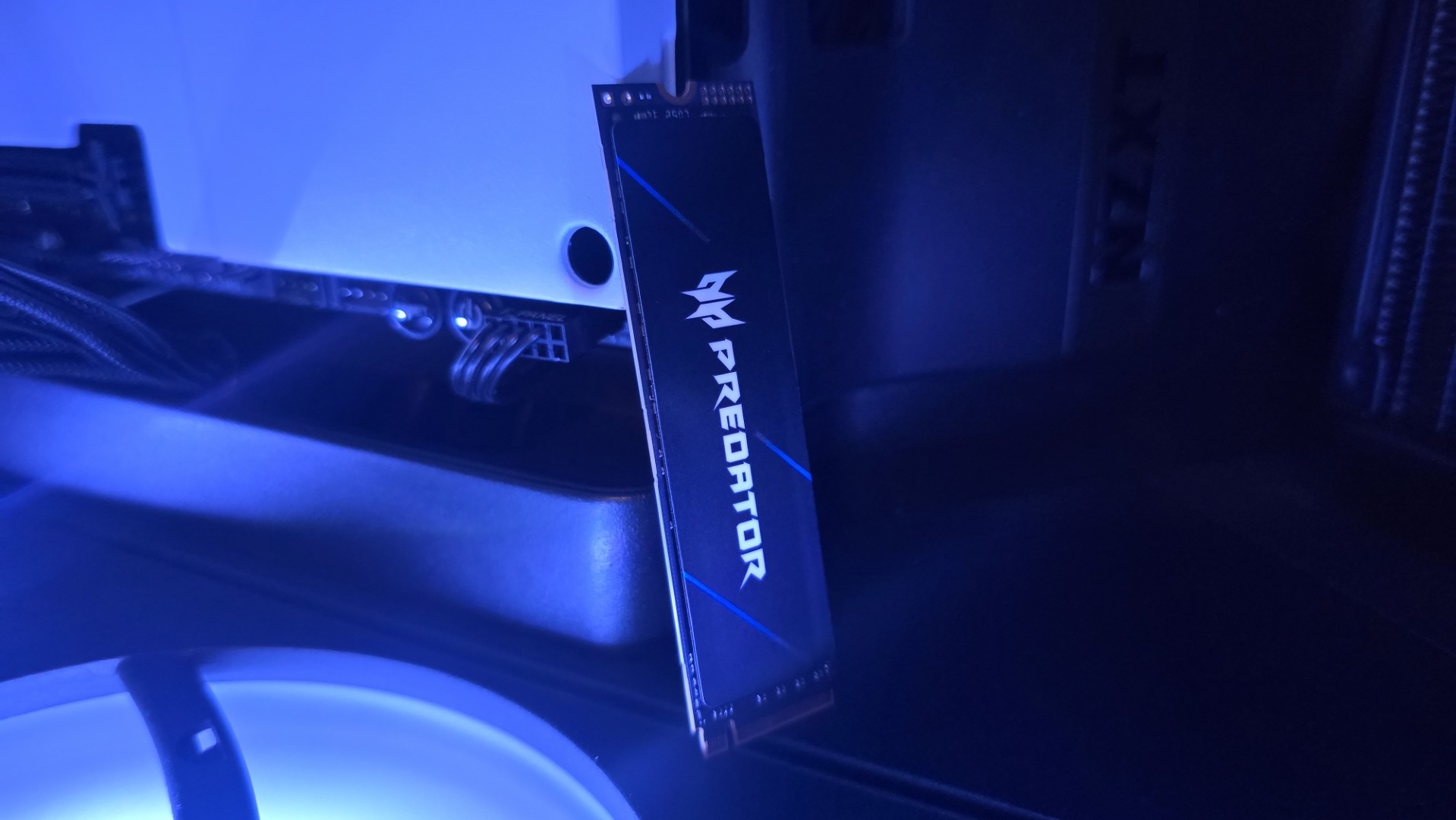
✅ Sequentials are important to you: Although the headline stats and the controller make the GM9000 look like a promising drive, poor firmware implementation and average random 4K results lead to just an overall okay drive.
❌ You want a well-rounded, or flagship SSD: For only a little extra outlay, there are far better SSDs out there that'll sadly mop the floor with the GM9000.
This odd old NAND and modern controller combo equally shares its similarities in game load time as well, with Final Fantasy XIV: Shadowbringers topping out at a positively sluggish 8.025 seconds overall time. Although relatively still very quick, if you compare it to Western Digital's WD Black SN8100, with its far more potent Sandisk flash, there's an 18% difference in load times. Ouch.
It's not particularly cool either, with temperatures topping out at 72°C under load, making it one of the hotter drives I've tested too, second really only to larger 4 TB and 8 TB solutions (here's looking at you, WD Blue) or those early PCIe 5.0 offerings from Crucial and co. featuring the far less efficient Phison E26 controller. Basically, just don't stick it in a laptop or a console or anything without a heat sink, and you should be fine (it's not available for sale with one either).
Similarly to the X570 Pro, then, it's kind of average. Although it has those flashy, headline-grabbing big sequential numbers and some marketing clout with Silicon Motion's Legendary (don't @ me) controller, it fails to capitalize on those critical areas that really benefit PC gamers. Whether that's just average random 4K numbers, decent latency, or good load times, all of those results just indicate a drive that's a bit of a swing and a miss. The one edge it does have over its X570 Pro competitor is pricing and a better warranty technically, but the fact is availability is still limited, and until those pain points are otherwise addressed, it makes it a hard thing to recommend.
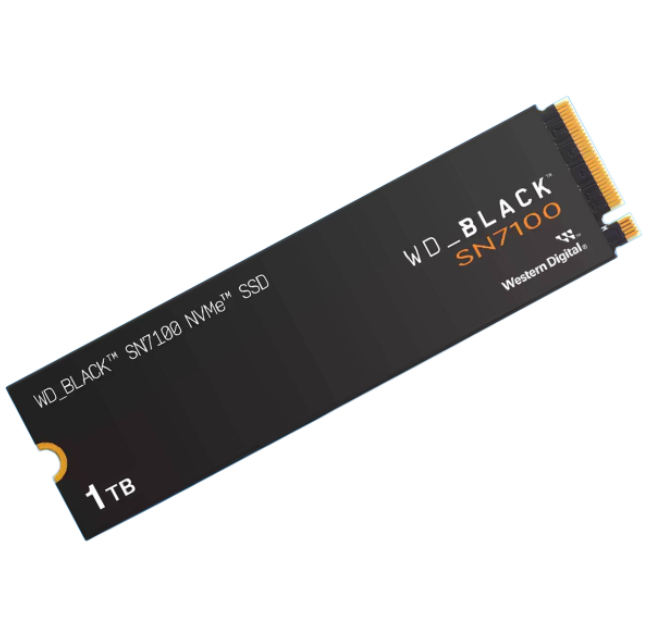
1. Best overall:
WD_Black SN7100
2. Best budget:
Lexar NM790
3. Best PCIe 5.0:
WD_Black SN8100
4. Best budget PCIe 5.0:
Crucial P510
5. Best 4 TB:
TeamGroup MP44
6. Best 8 TB:
WD_Black SN850X
7. Best M.2 2230:
Lexar Play 2230
8. Best for PS5:
Silicon Power XS70
9. Best SATA:
Crucial MX500
Although the headline stats and the controller make the GM9000 look like a promising drive, poor firmware implementation and average random 4K results lead to just an overall okay drive.
After graduating from the University of Derby in 2014, Zak joined the PC Format and Maximum PC team as its resident staff writer. Specializing in PC building, and all forms of hardware and componentry, he soon worked his way up to editor-in-chief, leading the publication through the covid dark times. Since then, he’s dabbled in PR, working for Corsair for a while as its UK PR specialist, before returning to the fold as a tech journalist once again.
He now operates as a freelance tech editor, writing for all manner of publications, including PC Gamer, Maximum PC, Techradar, Gamesradar, PCGamesN, and Trusted Reviews as well. If there’s something happening in the tech industry it’s highly likely Zak has a strong opinion on it.
You must confirm your public display name before commenting
Please logout and then login again, you will then be prompted to enter your display name.
